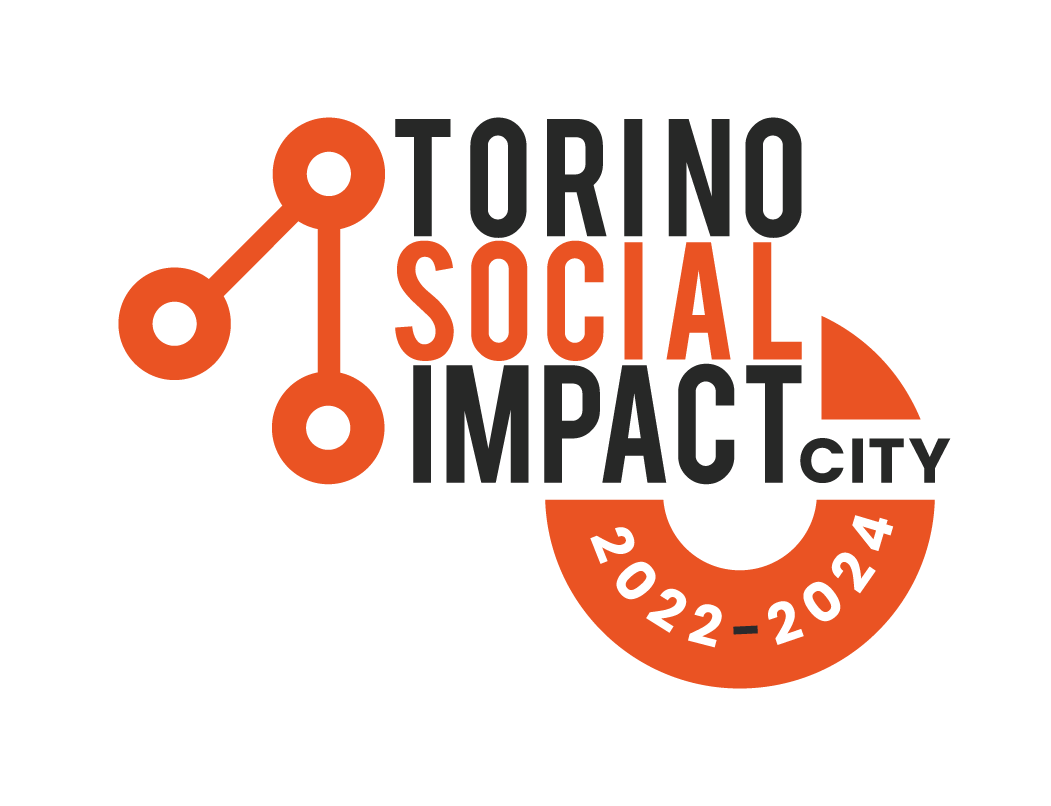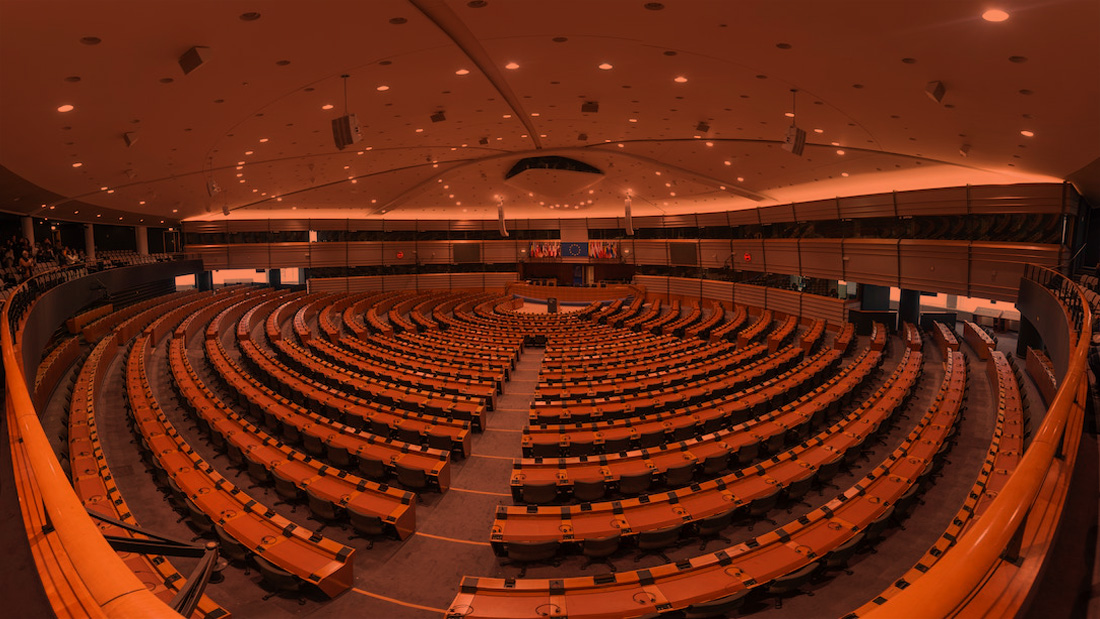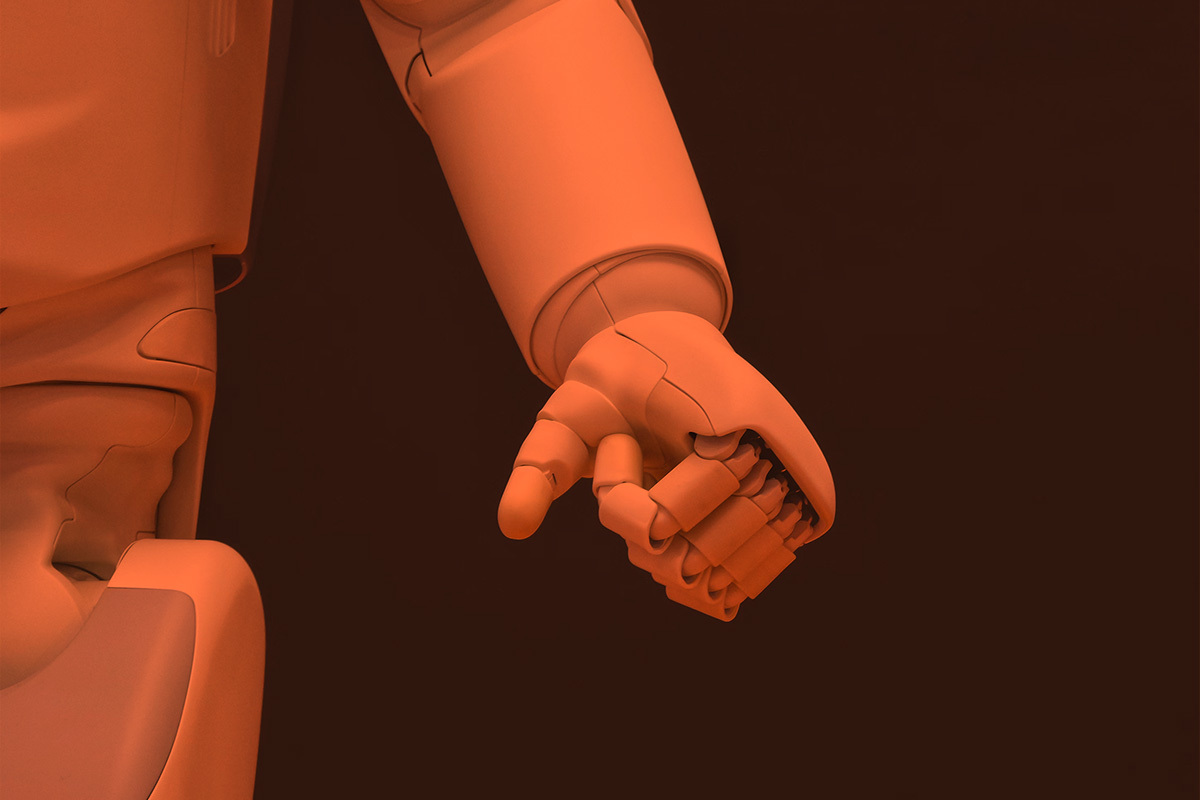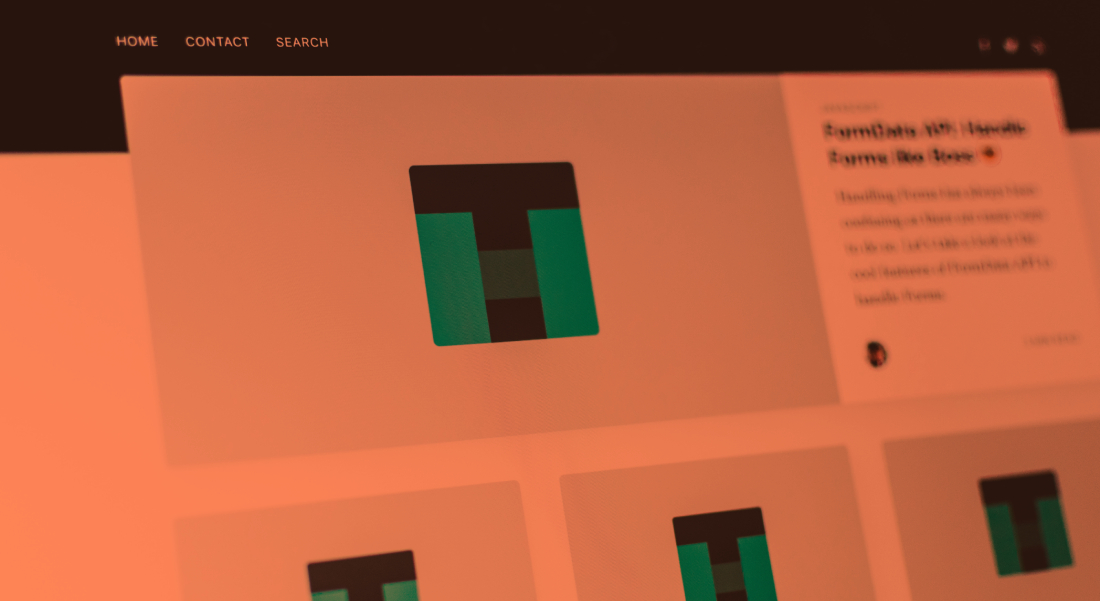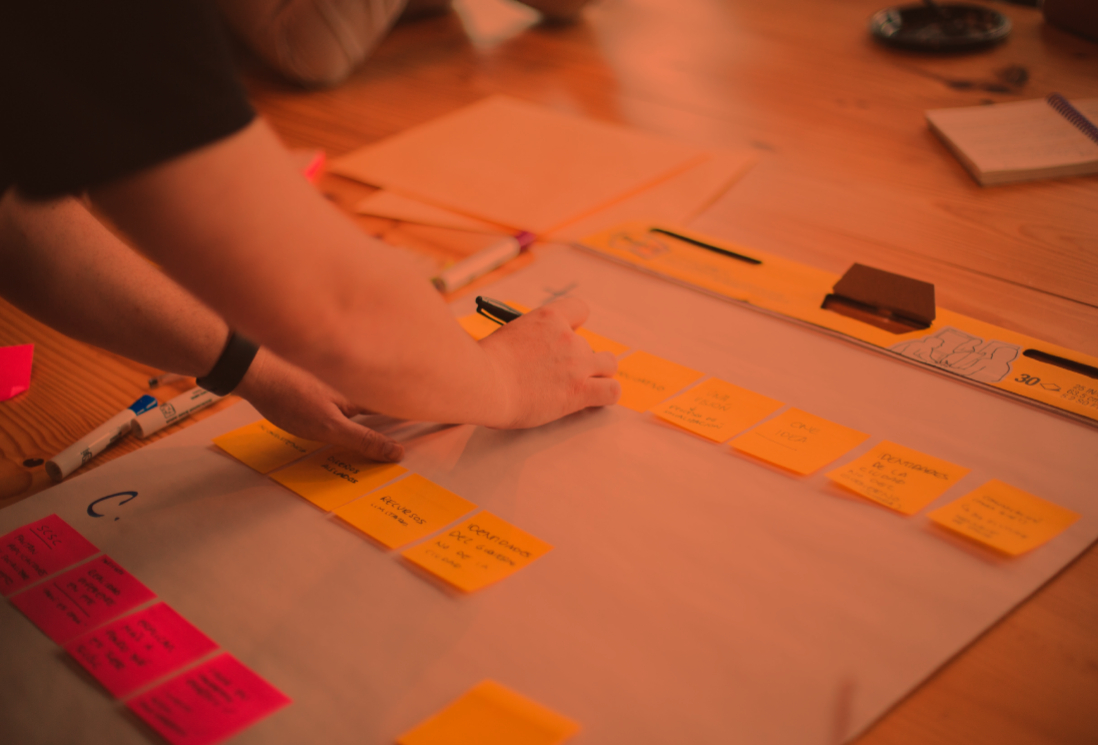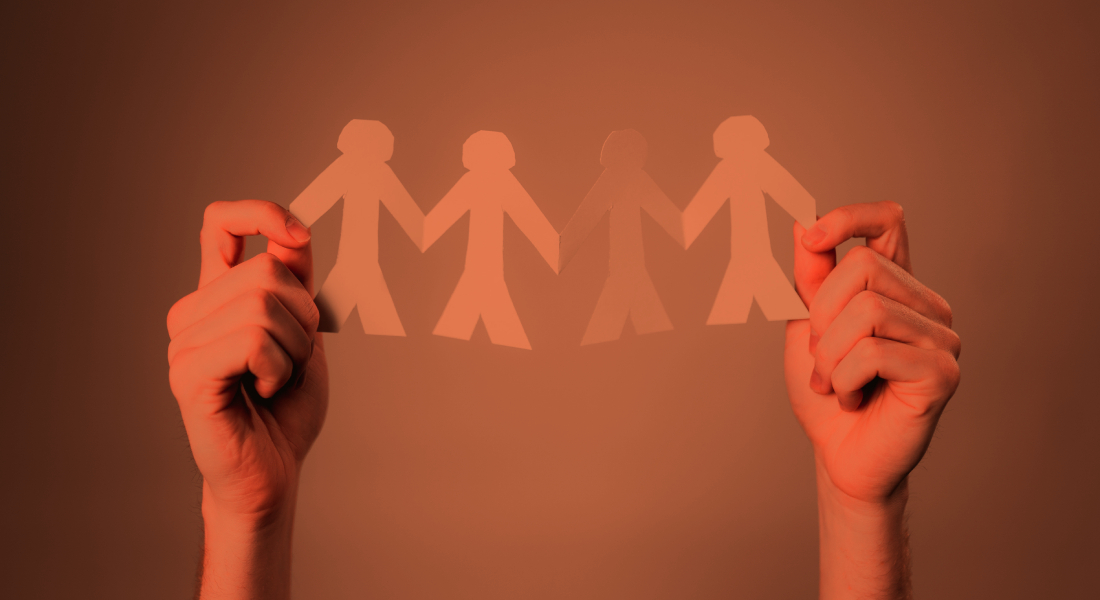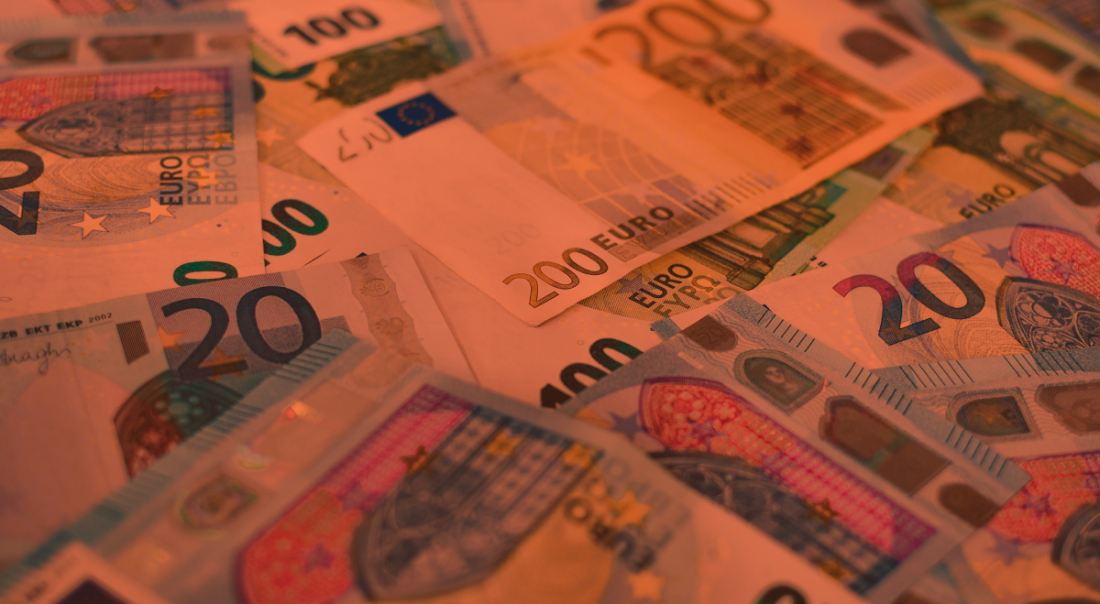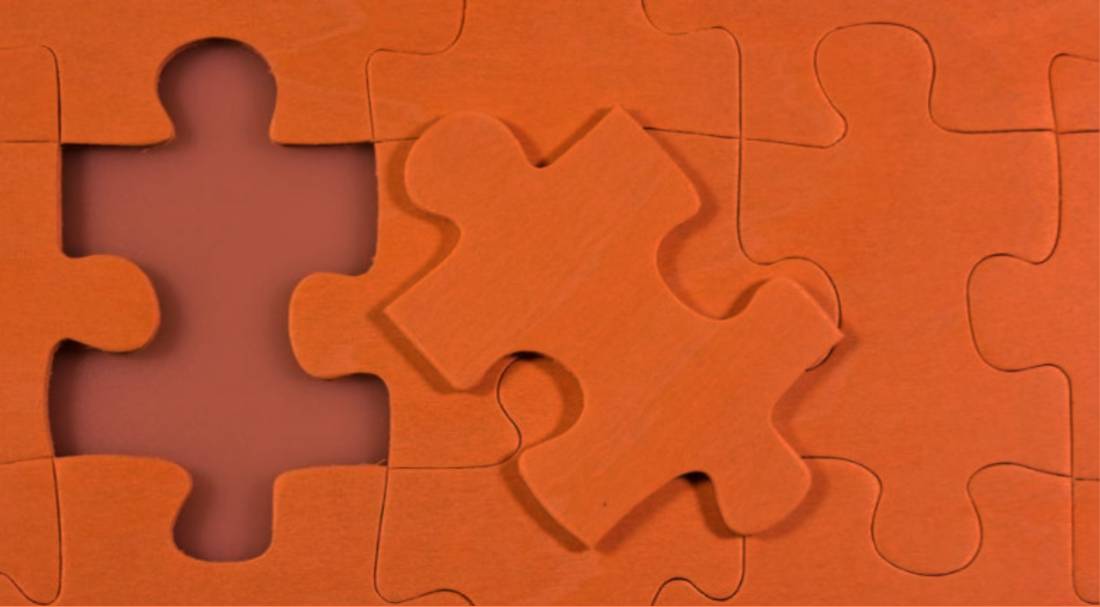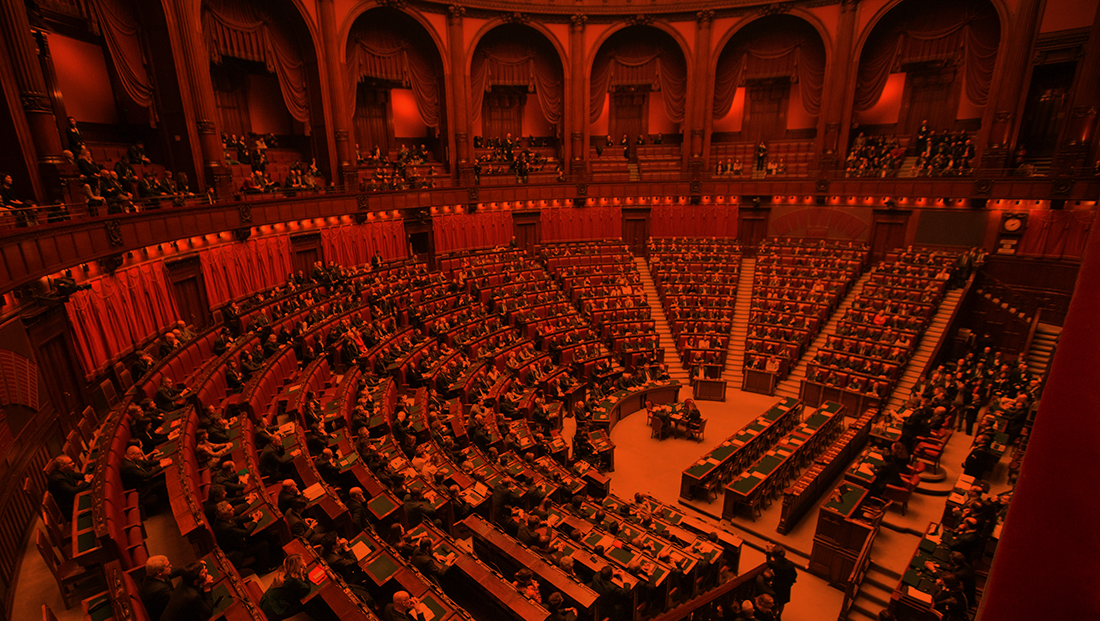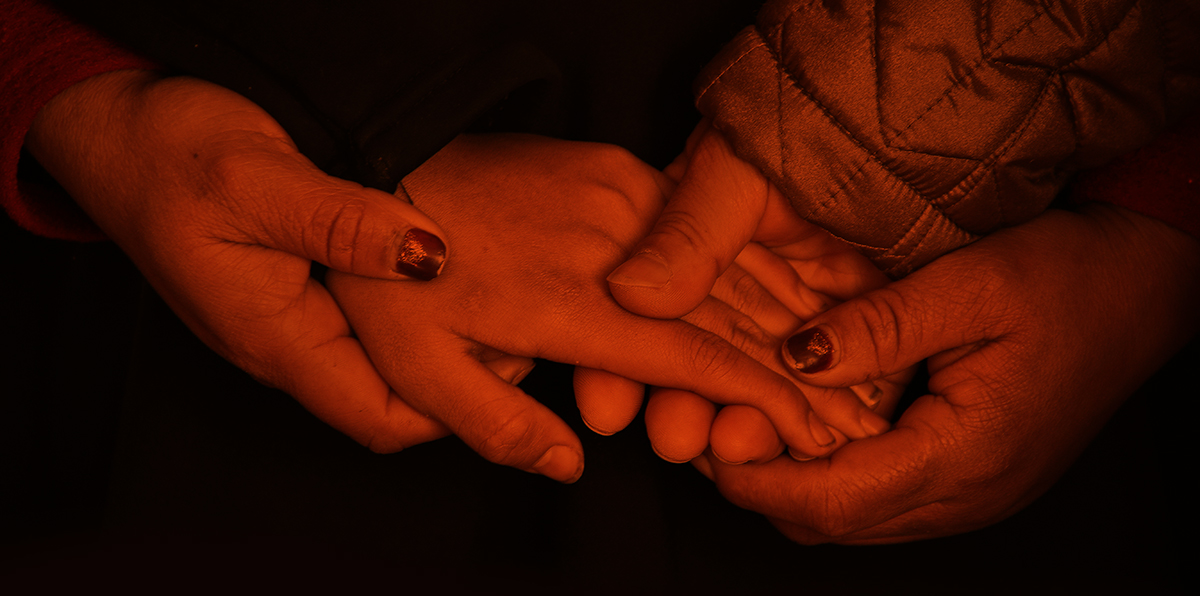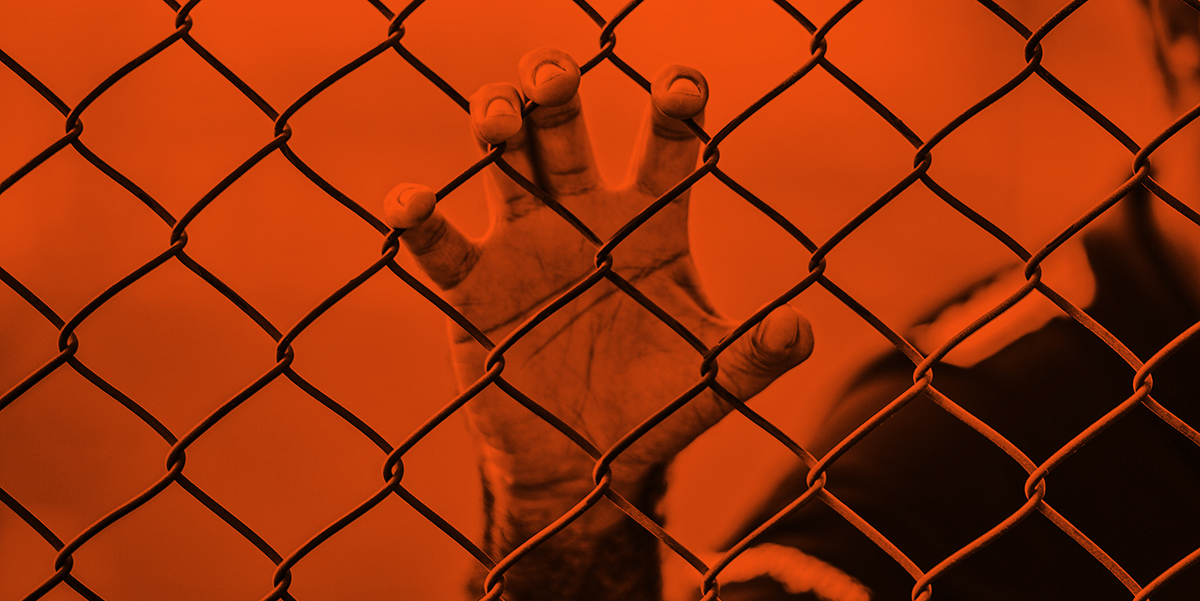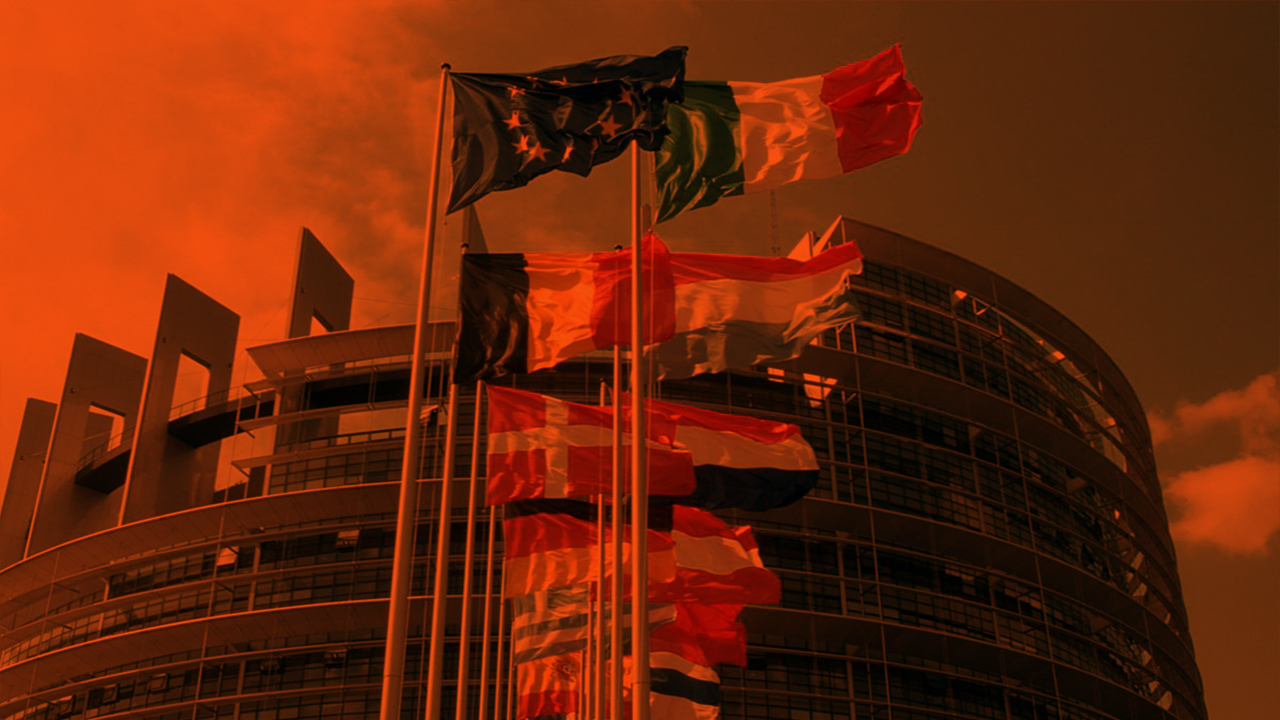The New European Bauhaus is an initiative that connects the European Green Deal to our living spaces, inviting all Europeans to imagine and build together a sustainable and inclusive future that is beautiful to our eyes, minds and souls.
At the end of January 2021, the online platform, where companies, scientists and artists will be able to submit their ideas and innovative solutions for a greener way of living by enhancing circularity, functionality and simplicity of materials, was officially launched. The European Commission sees the call for ideas as the beginning of a co-design for a more sustainable economy.
Businesses and nonprofits are invited to become more engaged in the design of the plan and become partners with the Commission by joining this campaign. The European Commission said it will award 30,000 euros in prizes in the coming months to the first ideas that adhere to the Bauhaus principles.
Below are guidelines and timelines for participating in the campaign:
- Anyone can join the New European Bauhaus by taking action in three ways: sharing their views, hosting a conversation, or becoming a partner.
-
- The sharing of views mainly concerns the following topics: Best Practices related to New European Bauhaus values, ideas and visions, challenges and needs.
- Hosting conversations can be useful to engage your network, institutions, universities and local movements. You can do this with your own format or by following the guidelines in the toolkit made available by the European Union; conclusions can be posted on the Bauhaus website.
- To become a partner you need to be a multiplier and key stakeholder throughout the development of the project, have the ability to reach a large number of stakeholders and have a core activity related to at least one of the founding dimensions of Bauhaus, sharing its values and goals. Commitment to support the project and that it be advertised on their website is required.
- The timeline for the New European Bauhaus includes three phases: design (December 2020 – summer 2021); implementation (early 2021 – 2024); and deployment (2022 onwards).
- A competition will be launched in the spring of this year to reward the examples deemed most inspiring in the design phase.
- A call for proposals will be issued by September 2021 to concretize some elements of the Bauhaus project in at least 5 locations within different member states.
- By the summer of 2021, a series of measures will begin to be submitted to support community building for the New European Bauhaus. This includes both economic and non-economic measures such as, for example, creating standards. This process will continue over time, with long-term goals.
- The precise funding structure will be determined during the design phase, but it is possible that it will involve multiple MFF programs.
To explore: https://europa.eu/new-european-bauhaus/index_en
Archivio:
 From the African Union, a Decade-Long Strategy on the Social and Solidarity Economy25 September 2024
From the African Union, a Decade-Long Strategy on the Social and Solidarity Economy25 September 2024 New legal opinion on true and fair shows company directors how to include sustainability in their financial accounts22 February 2024
New legal opinion on true and fair shows company directors how to include sustainability in their financial accounts22 February 2024 Corporate sustainability due diligence14 December 2023
Corporate sustainability due diligence14 December 2023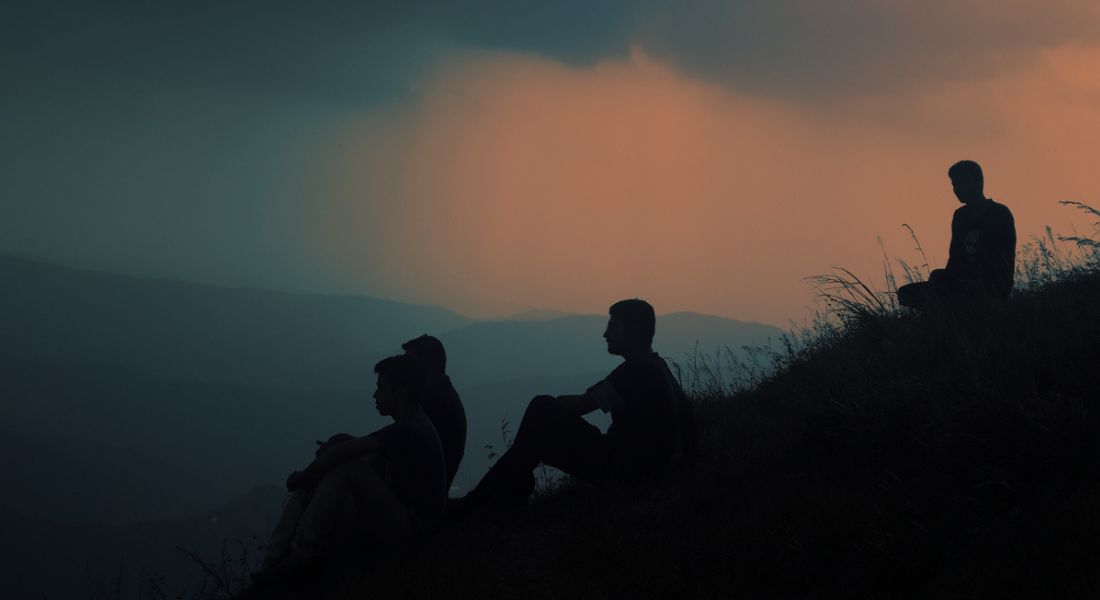 Introducing the Impact Taskforce (ITF) State of Play 202312 December 2023
Introducing the Impact Taskforce (ITF) State of Play 202312 December 2023 Coke launches $137.7m sustainability fund15 September 2023
Coke launches $137.7m sustainability fund15 September 2023 Impact Investing UK case study repository15 September 2023
Impact Investing UK case study repository15 September 2023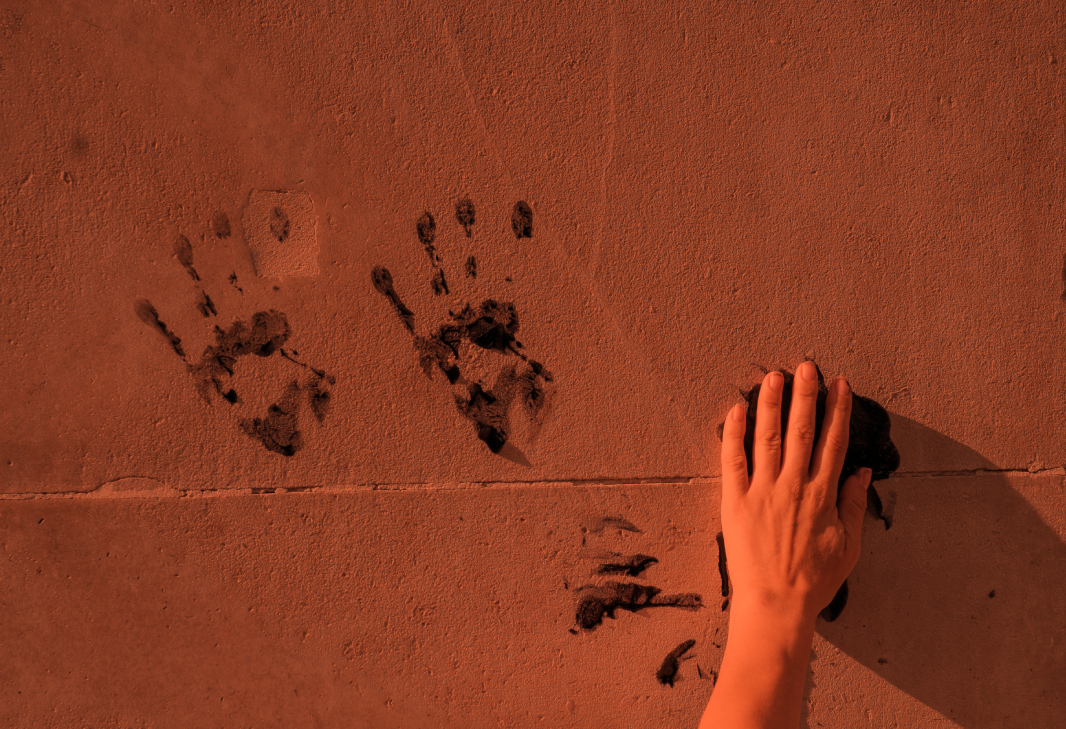 European Commission adopted a Proposal for non-profit associations13 September 2023
European Commission adopted a Proposal for non-profit associations13 September 2023 Historic moment for the Social and Solidarity Economy: the UN General Assembly adopts a resolution17 June 2023
Historic moment for the Social and Solidarity Economy: the UN General Assembly adopts a resolution17 June 2023 The Commission approves a proposal for Council recommendation for Member States on developing social economy framework conditions17 June 2023
The Commission approves a proposal for Council recommendation for Member States on developing social economy framework conditions17 June 2023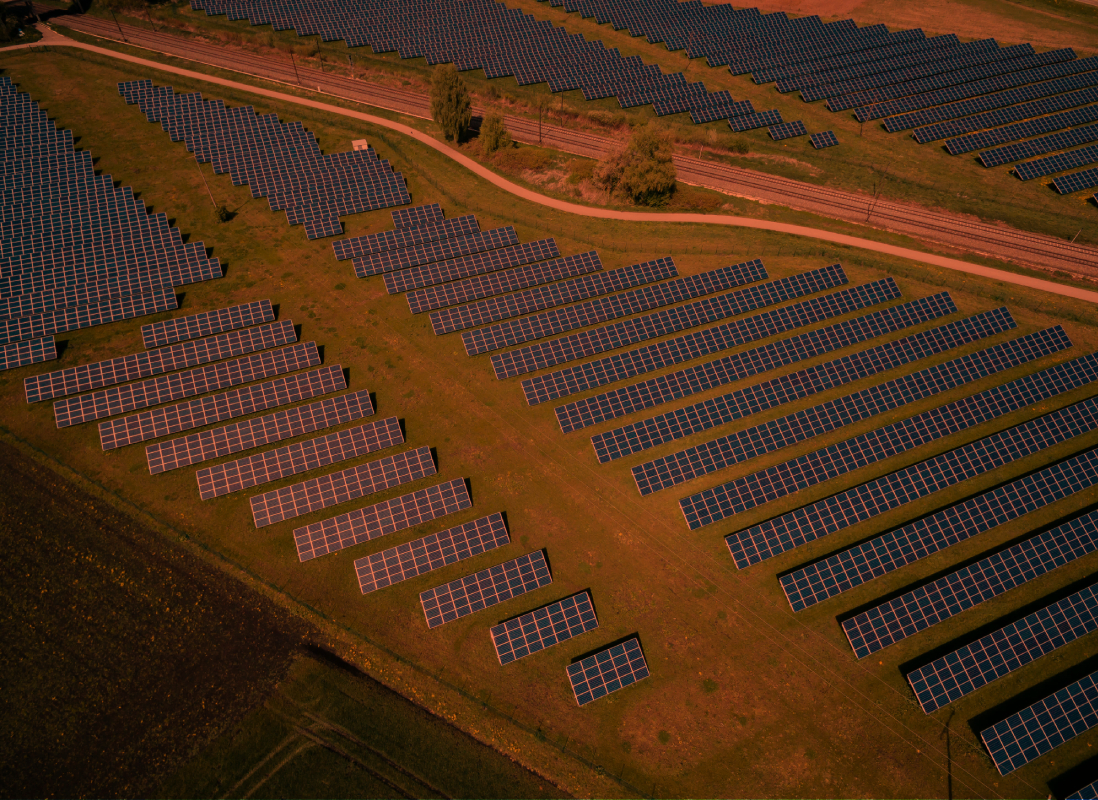 Updates from the ISSB Board for the issuing of global sustainability standards on January 202428 February 2023
Updates from the ISSB Board for the issuing of global sustainability standards on January 202428 February 2023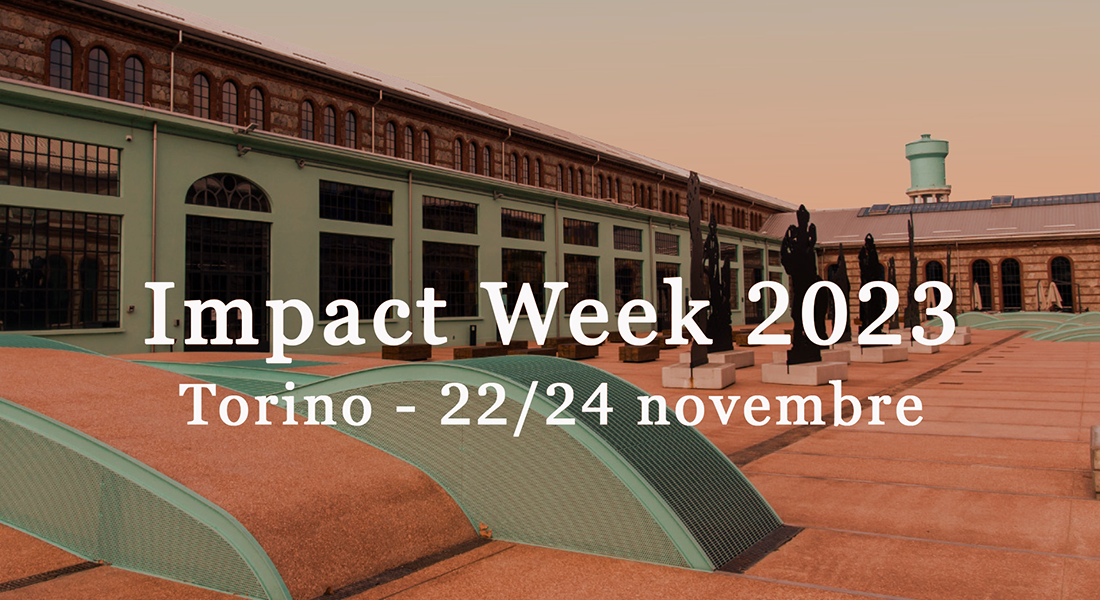 In 2023, Turin will be the European capital of social and environmental impact finance19 December 2022
In 2023, Turin will be the European capital of social and environmental impact finance19 December 2022 Turn in European social procurement policies16 December 2022
Turn in European social procurement policies16 December 2022 The transition pathway for proximity & social economy15 December 2022
The transition pathway for proximity & social economy15 December 2022 Social Value Matters Europe in October in Turin27 June 2022
Social Value Matters Europe in October in Turin27 June 2022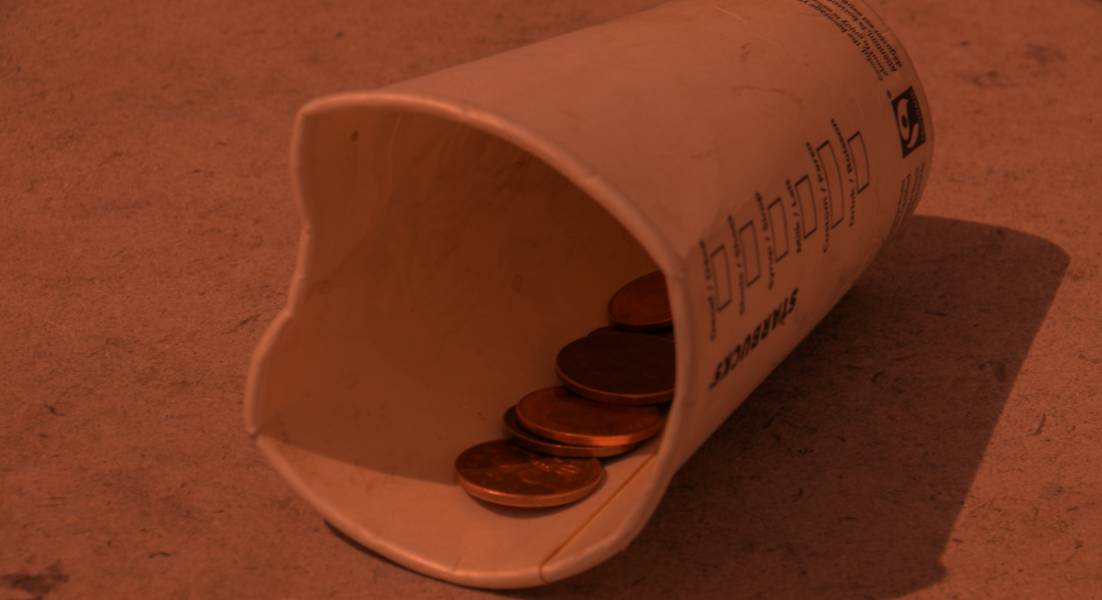 The Global Citizen Impact Funds02 May 2022
The Global Citizen Impact Funds02 May 2022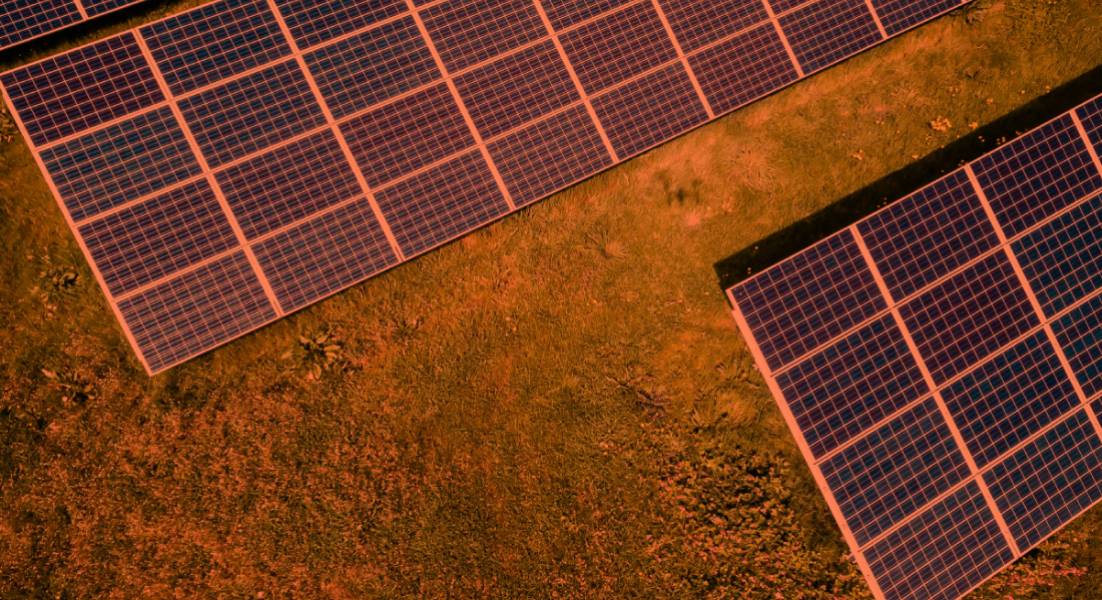 Mayors, unions and the International Energy Agency join forces to boost a just energy transition02 May 2022
Mayors, unions and the International Energy Agency join forces to boost a just energy transition02 May 2022 Social impact integrates the new European innovation ecosystems09 February 2022
Social impact integrates the new European innovation ecosystems09 February 2022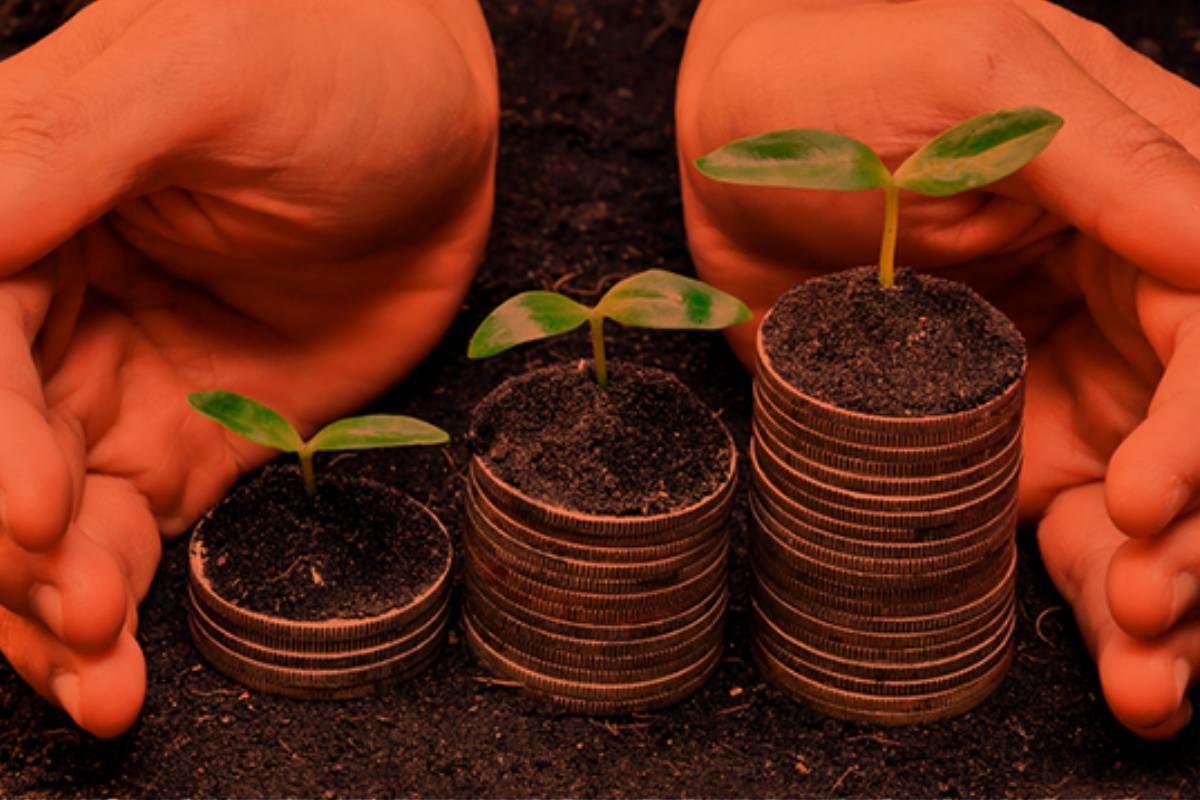 EU co-creation of the proximity and social economy ecosystem09 February 2022
EU co-creation of the proximity and social economy ecosystem09 February 2022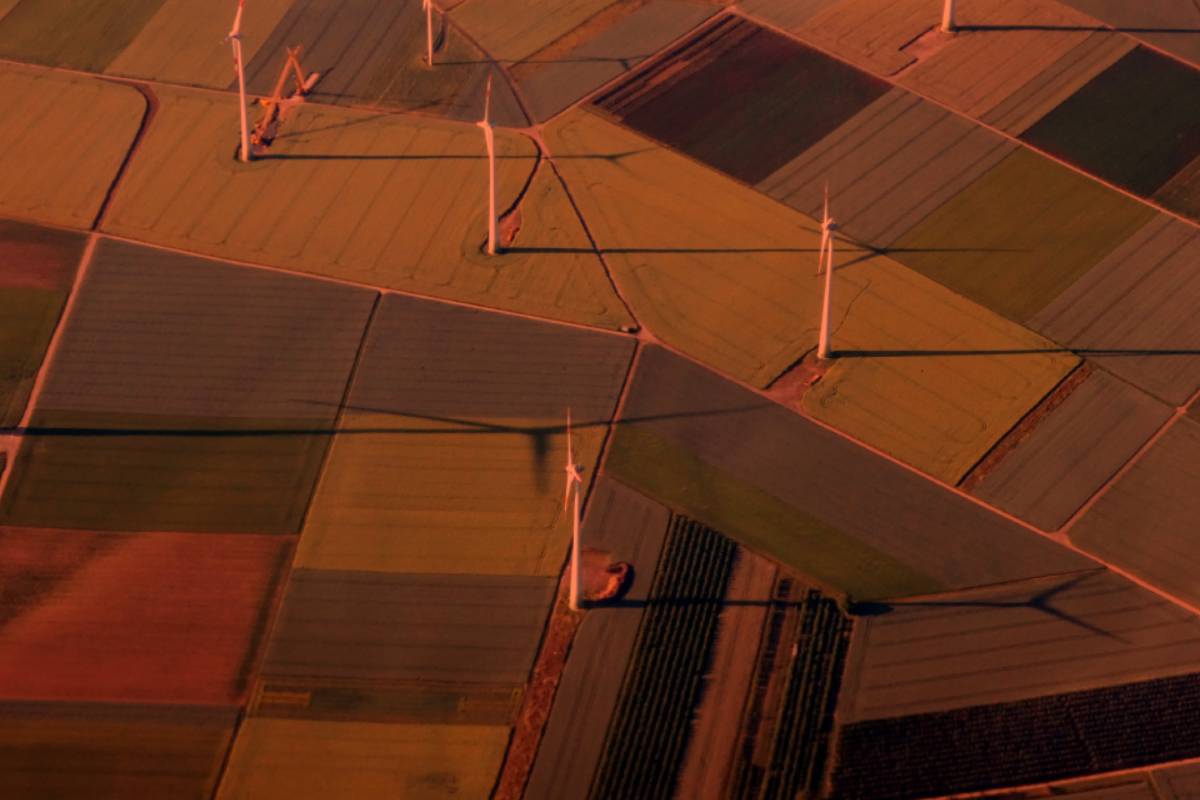 The Impact Taskforce: time to deliver07 February 2022
The Impact Taskforce: time to deliver07 February 2022 Italy: ten million for benefit companies10 December 2021
Italy: ten million for benefit companies10 December 2021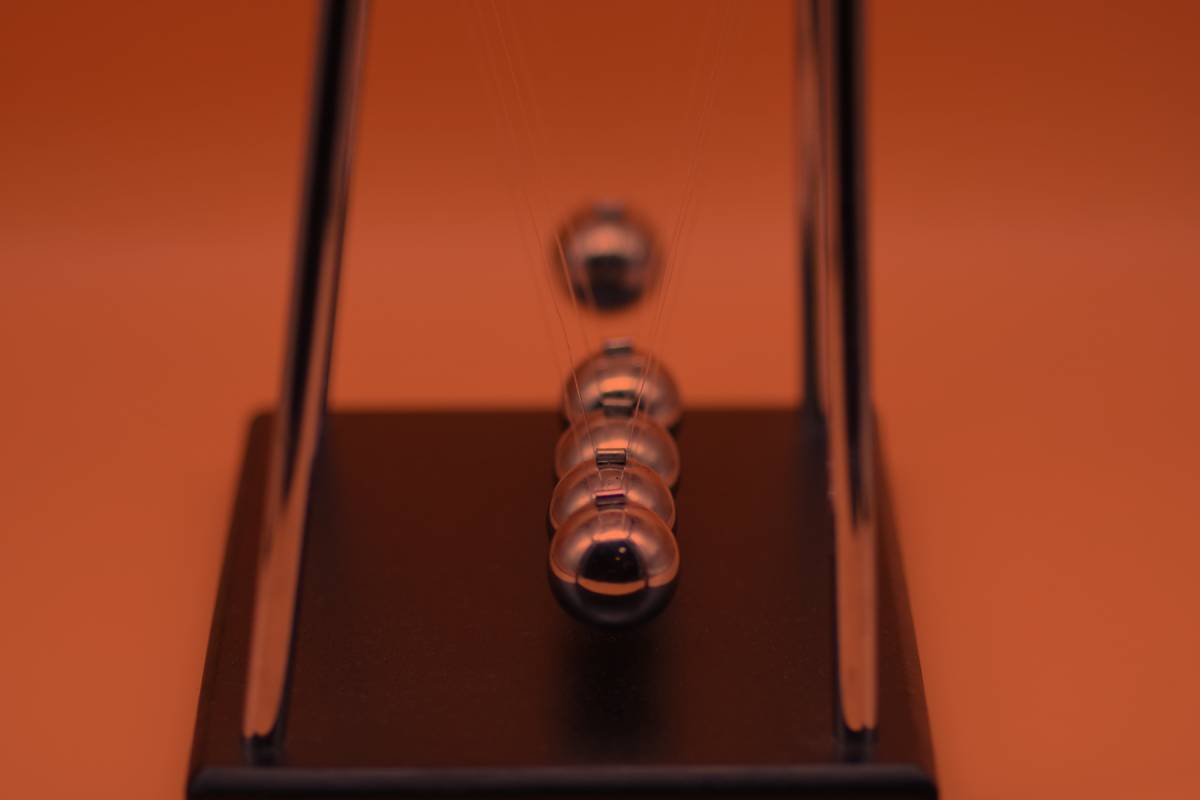 Peer2Peer: Amsterdam Impact29 September 2021
Peer2Peer: Amsterdam Impact29 September 2021 EU Social Taxonomy for a sustainable finance27 September 2021
EU Social Taxonomy for a sustainable finance27 September 2021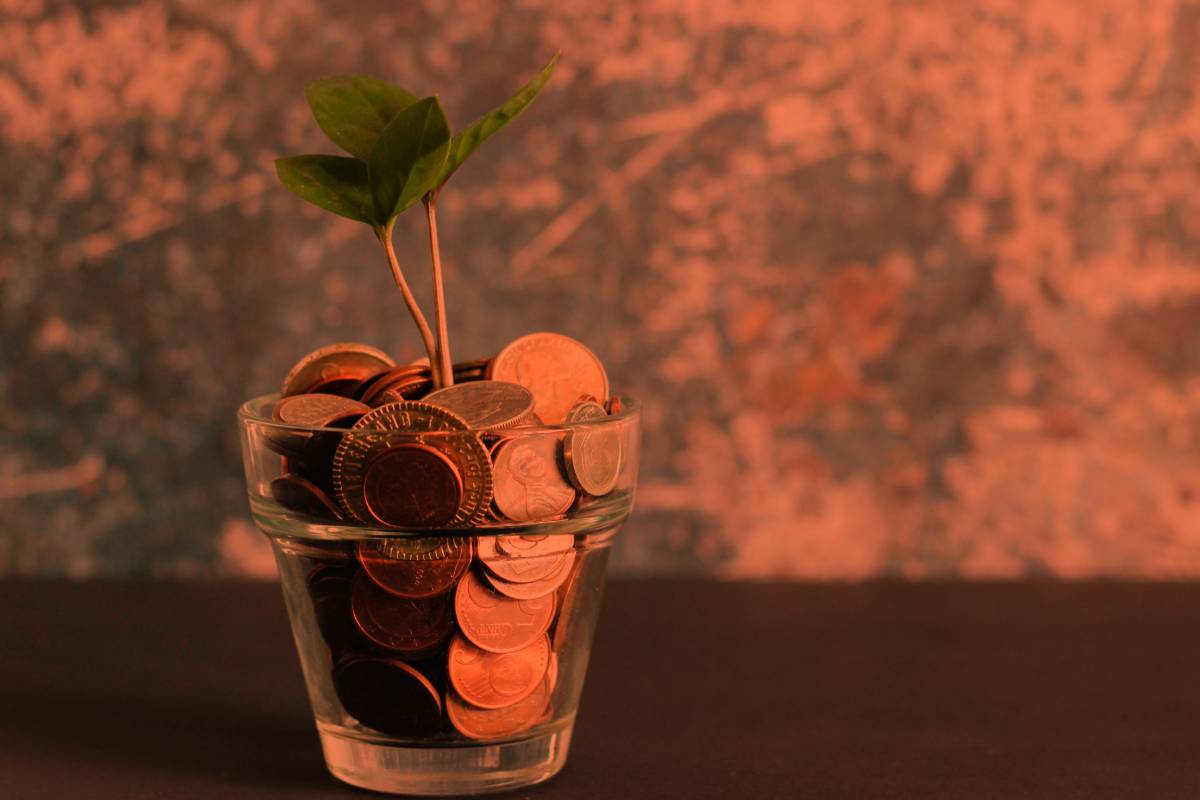 EVPA position paper on EU Action Plan for the Social Economy20 September 2021
EVPA position paper on EU Action Plan for the Social Economy20 September 2021 Generation Changemaker29 June 2021
Generation Changemaker29 June 2021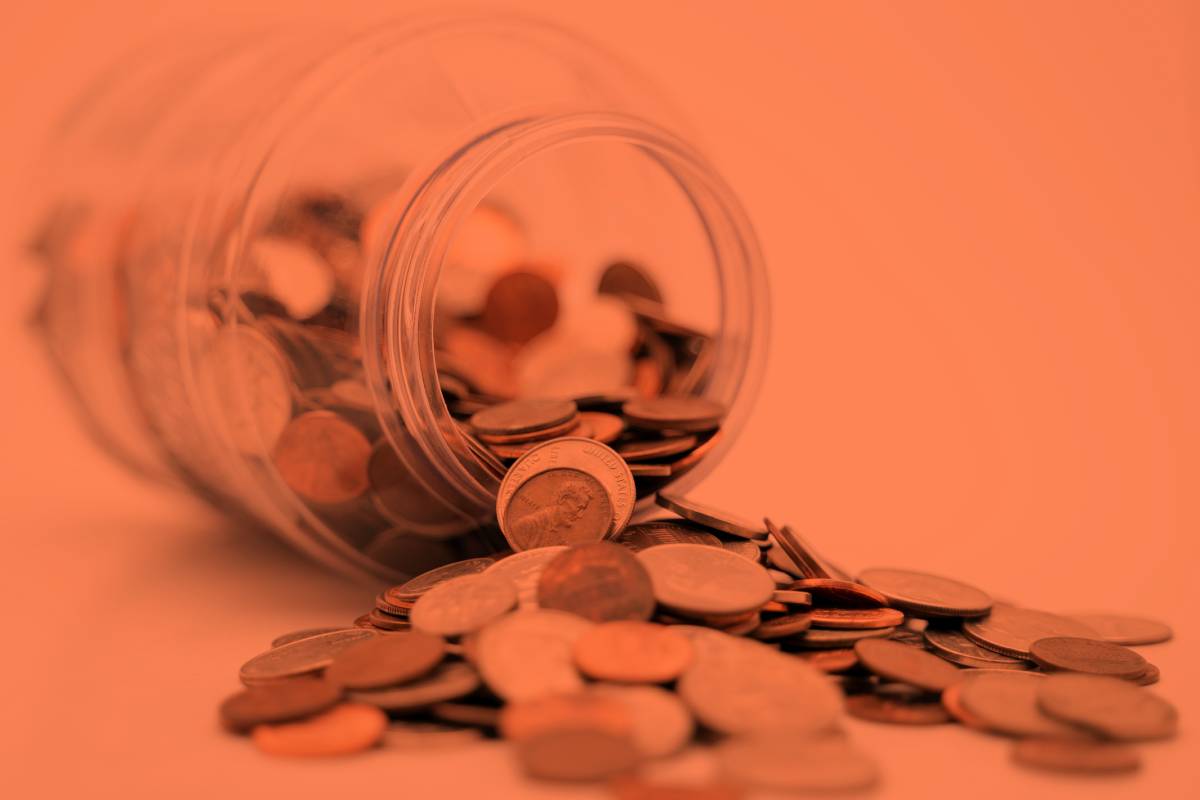 Social Stock Exchange, Paris launches an index for the best responsible and sustainable companies22 April 2021
Social Stock Exchange, Paris launches an index for the best responsible and sustainable companies22 April 2021 The Franchising Push for Social Impact31 March 2021
The Franchising Push for Social Impact31 March 2021 Report from the European Commission on Socially responsible public procurement (SRPP) in 27 countries22 March 2021
Report from the European Commission on Socially responsible public procurement (SRPP) in 27 countries22 March 2021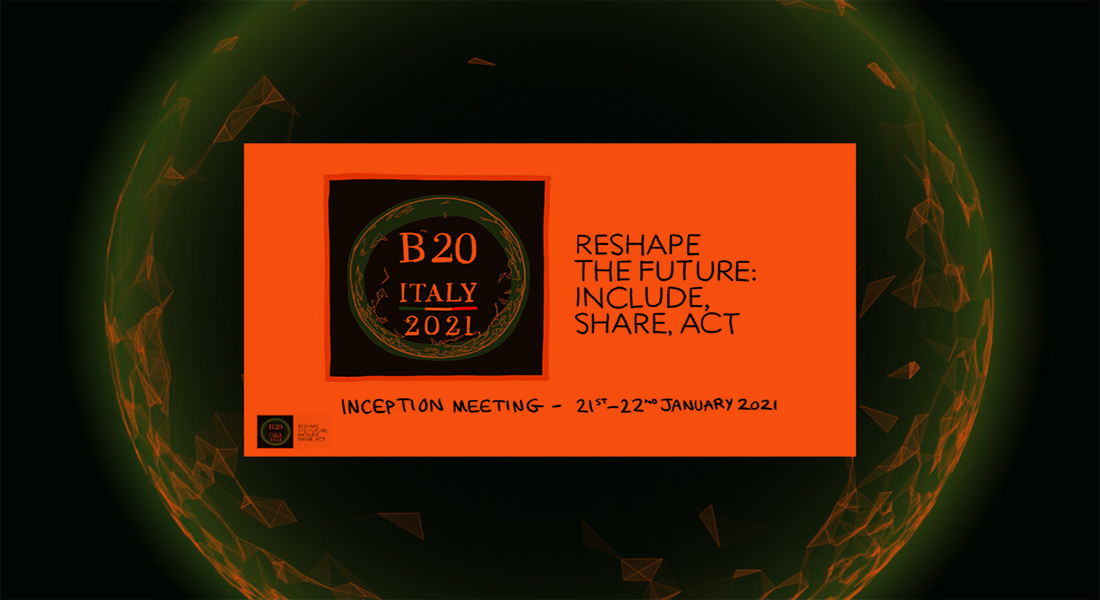 B20 at the start, in the sign of the impact revolution18 February 2021
B20 at the start, in the sign of the impact revolution18 February 2021 Everyone a Changemaker, Ashoka’s mission15 February 2021
Everyone a Changemaker, Ashoka’s mission15 February 2021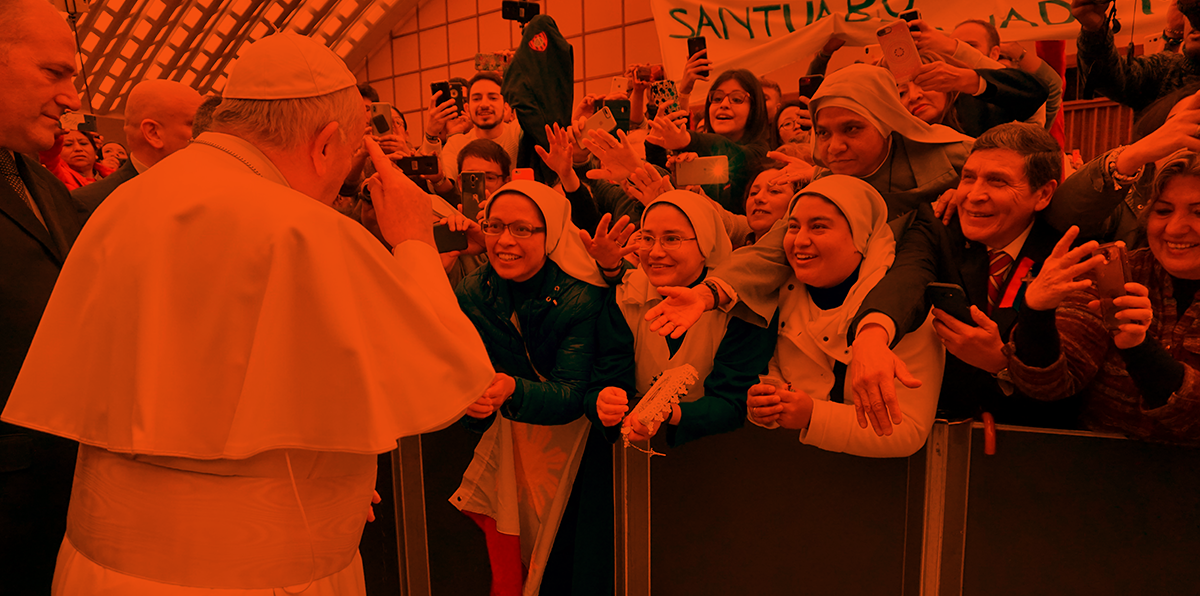 The Final Statement of The Economy of Francesco10 December 2020
The Final Statement of The Economy of Francesco10 December 2020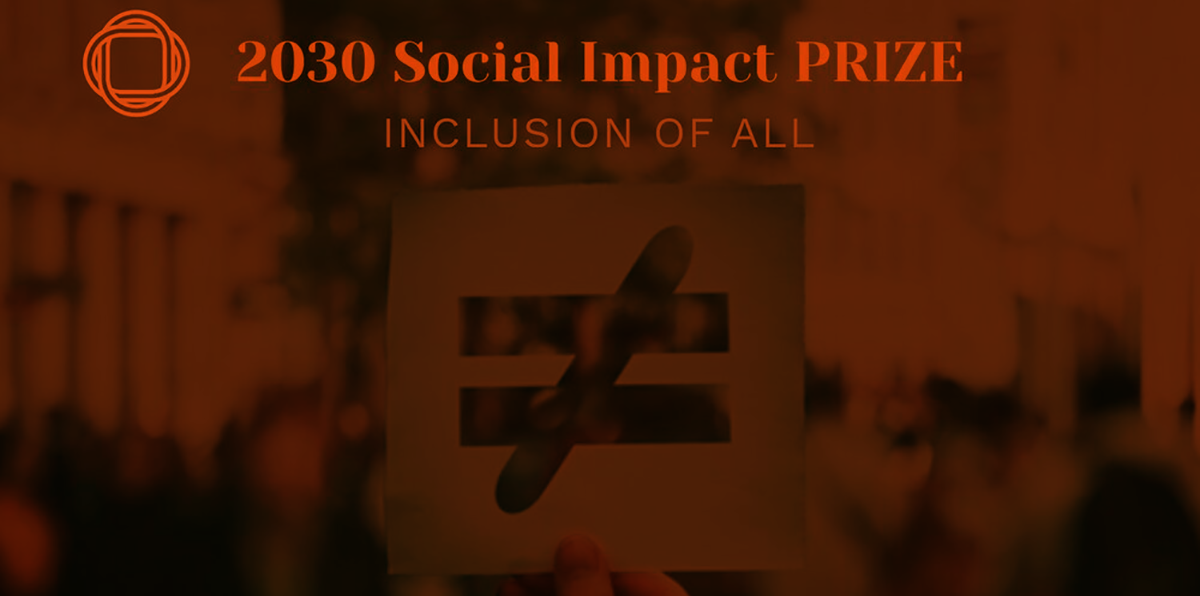 The Gaetano Marzotto Prize looks to social impact with the first edition of the 2030 SI Prize10 December 2020
The Gaetano Marzotto Prize looks to social impact with the first edition of the 2030 SI Prize10 December 2020 B Corp and B Movement Builders11 November 2020
B Corp and B Movement Builders11 November 2020 Road to Mannheim 2021, European Social Economy Summit08 October 2020
Road to Mannheim 2021, European Social Economy Summit08 October 2020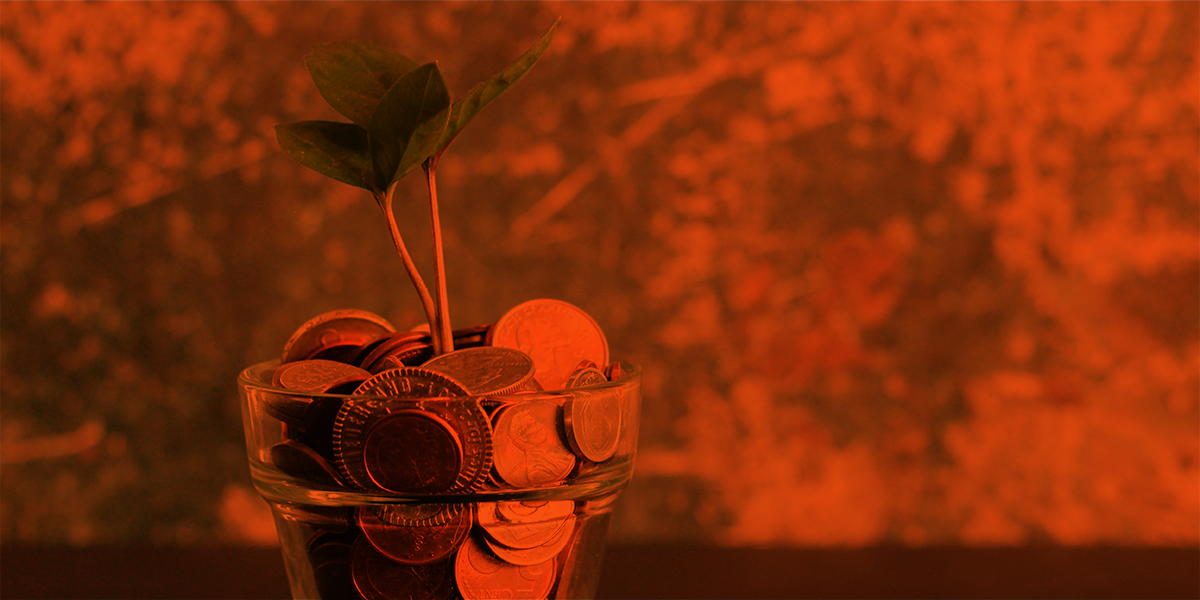 Responsible Banking07 October 2020
Responsible Banking07 October 2020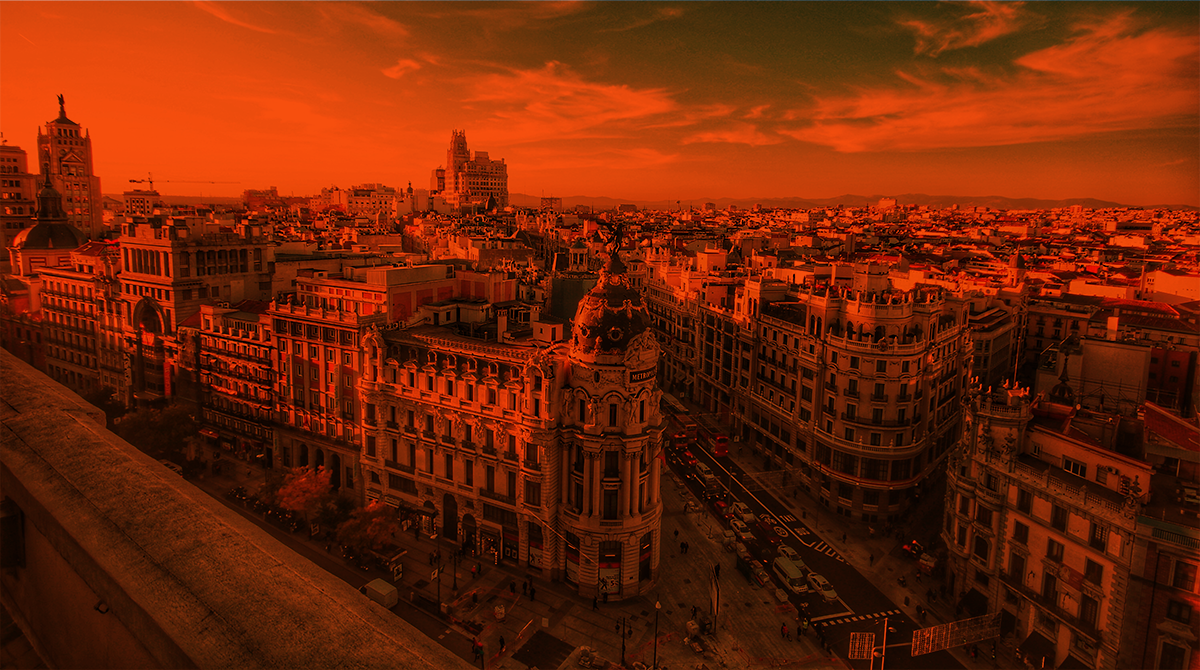 Cities and Social Impact Bonds05 October 2020
Cities and Social Impact Bonds05 October 2020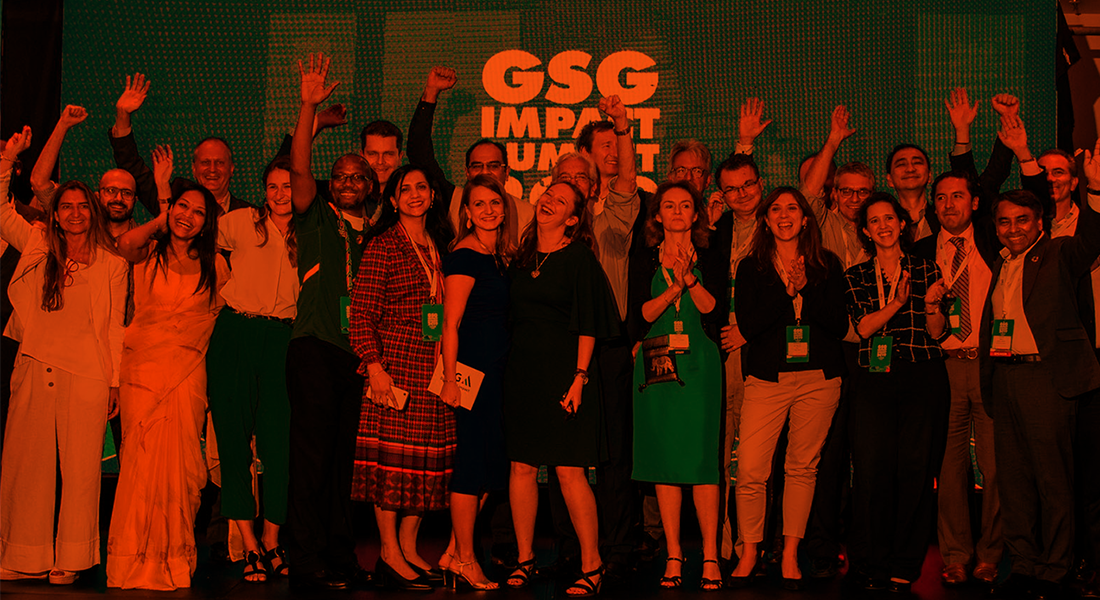 GSG leaders call governments for action to put impact at the heart of the Covid-19 economic recovery 30 September 2020
GSG leaders call governments for action to put impact at the heart of the Covid-19 economic recovery 30 September 2020 If not now, then when?22 May 2020
If not now, then when?22 May 2020 Sustainable finance: Commission welcomes deal on an EU-wide classification system for sustainable investments27 February 2020
Sustainable finance: Commission welcomes deal on an EU-wide classification system for sustainable investments27 February 2020 Strong Social Europe for Just Transitions27 February 2020
Strong Social Europe for Just Transitions27 February 2020 The Global Steering Group for Impact Investment18 November 2019
The Global Steering Group for Impact Investment18 November 2019
